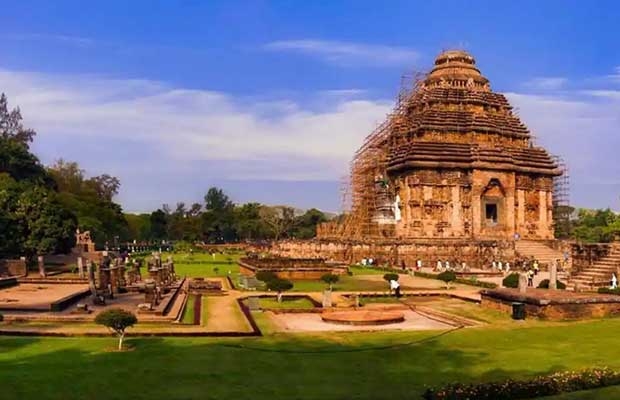ASI brings in project for conservation of Konark Sun temple
Total Views |
New Delhi, Mar 10: The Archaeological Survey of India ( ASI ) has taken several steps in order to mitigate the impact of saline action, water logging, erosion and vegetative intrusions on the monumental surface of Konark's Sun temple. The Conservation work of monuments, including Konark Sun Temple, is a continuous process and the said monument, also a World Heritage Site, is in a good state of preservation due to ASI's regular care.

In order to take good care of the monument, the ASI has taken steps such as cleaning of the surface by paper pulp method, consolidation and strengthening of stones wherever needed, plantation of trees in surrounding area to prevent mechanical erosion by wind action, removal of water by installing pumping sets, and periodic biocidal treatment for control of vegetative intrusion. The annual conservation plan is regularly drawn by ASI every year, in order to review the requirements at the monument for its appropriate preservation.
The ASI has introduced plain stones only where original stones were missing or for filling of gaps to ensure structural stability and to prevent water ingress in the monument building of Konark Sun Temple. According to the recent release of the Culture ministry, all conservation work is carried out as per ASI’s conservation policy, 2014.
The temple at Konark is a monumental representation of the sun god 'Surya's' chariot, that has 24 wheels which are decorated with symbolic designs. The chariot of Surya dev is led by a team of six horses. The ancient temple is built in the 13th century and is considered to be one of India's most famous Brahman sanctuaries. The Sun Temple of Konark is protected under the National Framework of India by the Ancient Monuments and Archaeological Sites and Remains (AMASR) Act (1958) and its Rules (1959).